
cd_nom
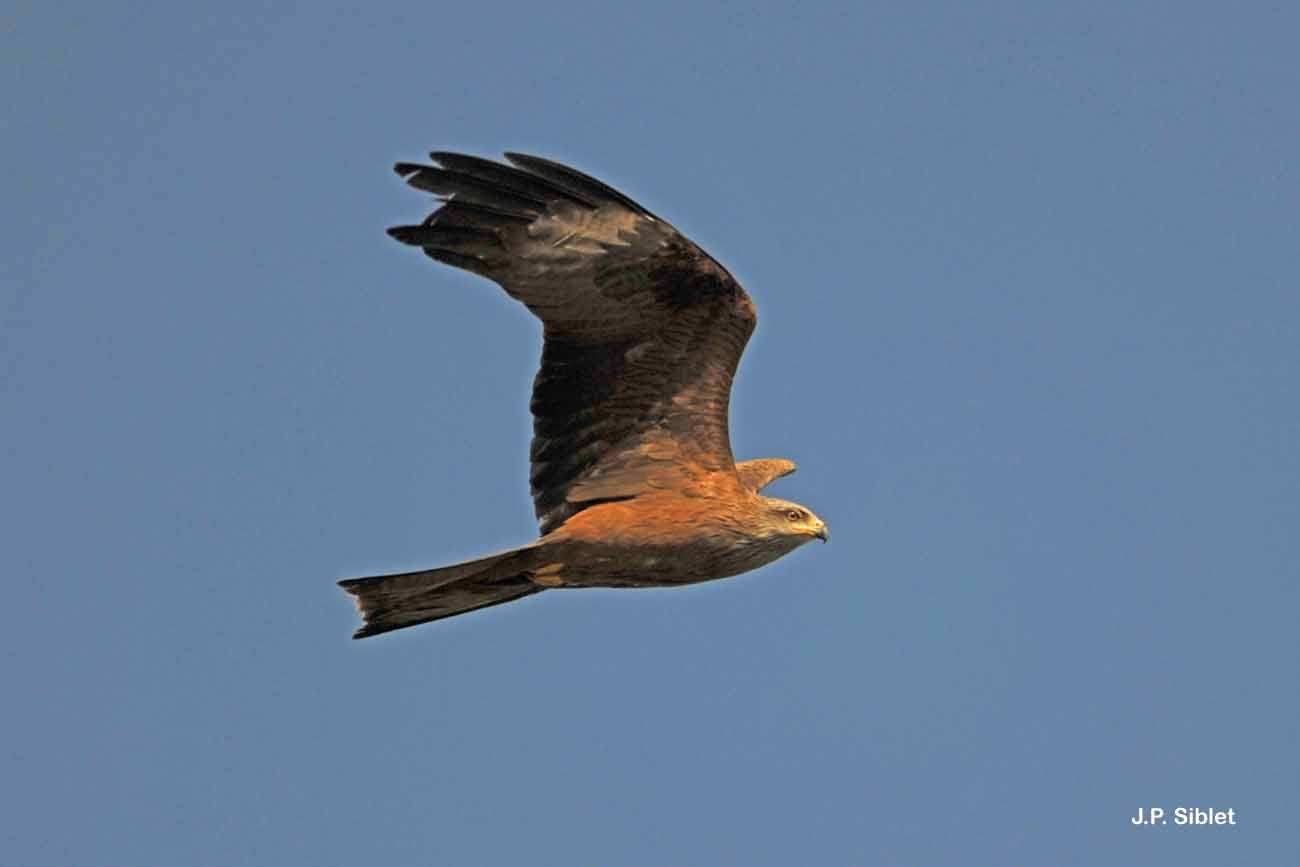
| Author : J.P. Siblet |
 |
To get the picture, please visit:
Jean-Philippe SIBLET
Muséum national d'Histoire naturelle - Service du Patrimoine Naturel
36 rue Geoffroy Saint-Hilaire
CP 41
75 231 PARIS CEDEX 05
e-mail : inpn@mnhn.fr
Despite the Creative Commons license, please inform the author of the use which will be made of his photo
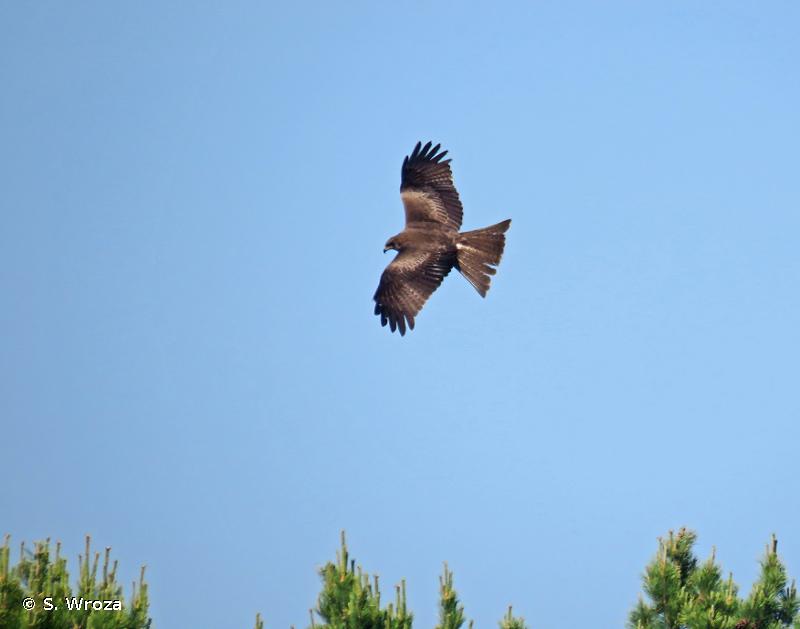
| Author : S. Wroza |
 |
Despite the Creative Commons license, please inform the author of the use which will be made of his photo
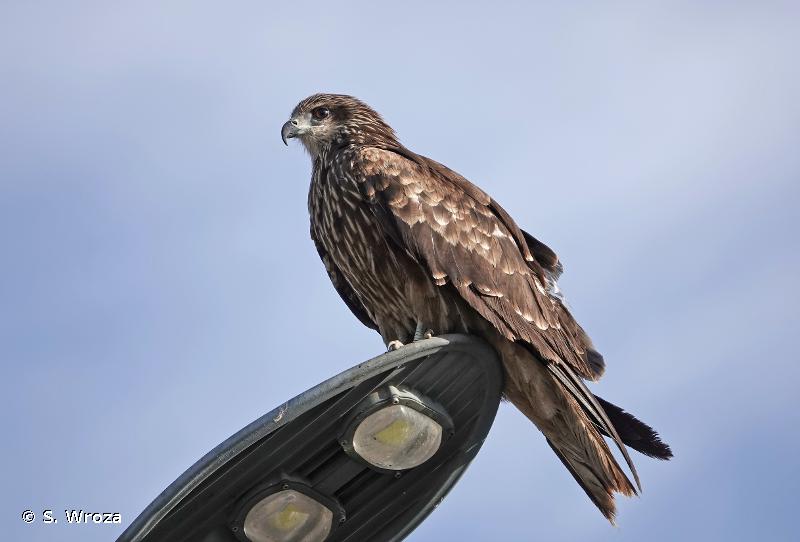
| Author : S. Wroza |
 |
Despite the Creative Commons license, please inform the author of the use which will be made of his photo
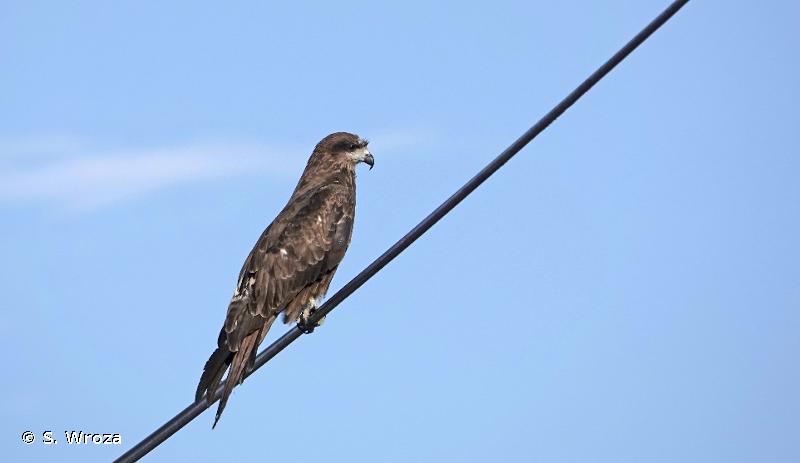
| Author : S. Wroza |
 |
Despite the Creative Commons license, please inform the author of the use which will be made of his photo

| Author : S. Wroza |
 |
Despite the Creative Commons license, please inform the author of the use which will be made of his photo
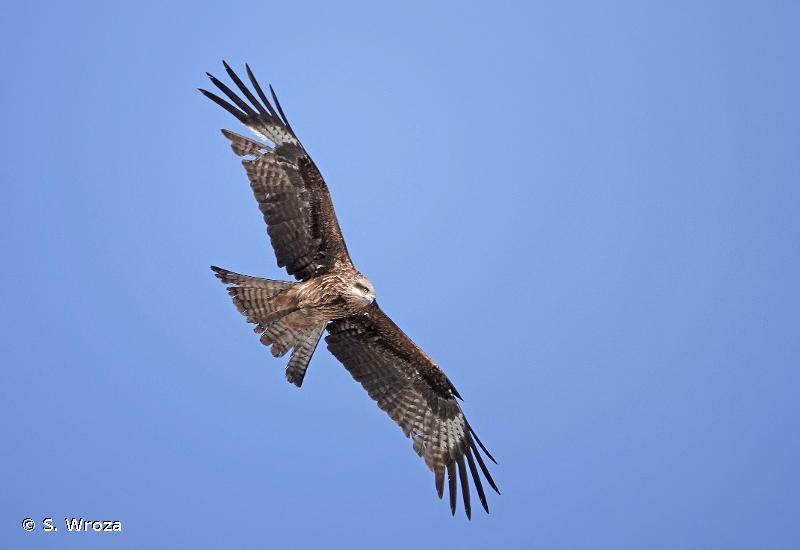
| Author : S. Wroza |
 |
Despite the Creative Commons license, please inform the author of the use which will be made of his photo
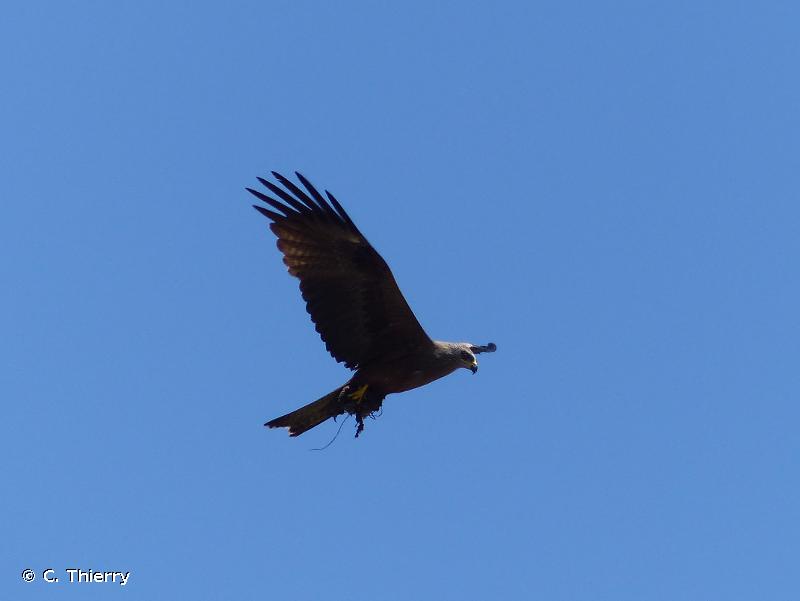
| Author : C. Thierry |
 |
To get the picture, please visit:
Chloé Thierry
cthierry@mnhn.fr
4, avenue du Petit Château
91800 Brunoy
Despite the Creative Commons license, please inform the author of the use which will be made of his photo
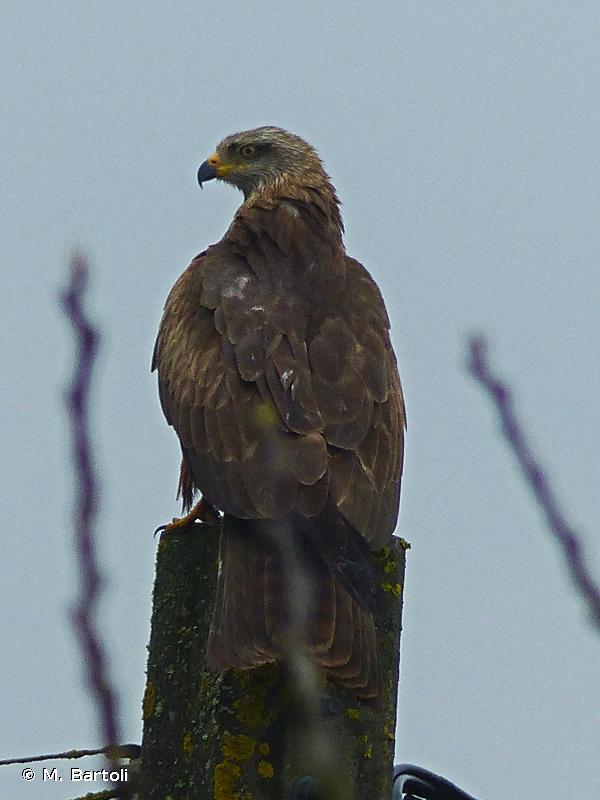
| Author : M. Bartoli |
 |
To get the picture, please visit:
Michel Bartoli
email : inpn@mnhn.fr
Despite the Creative Commons license, please inform the author of the use which will be made of his photo
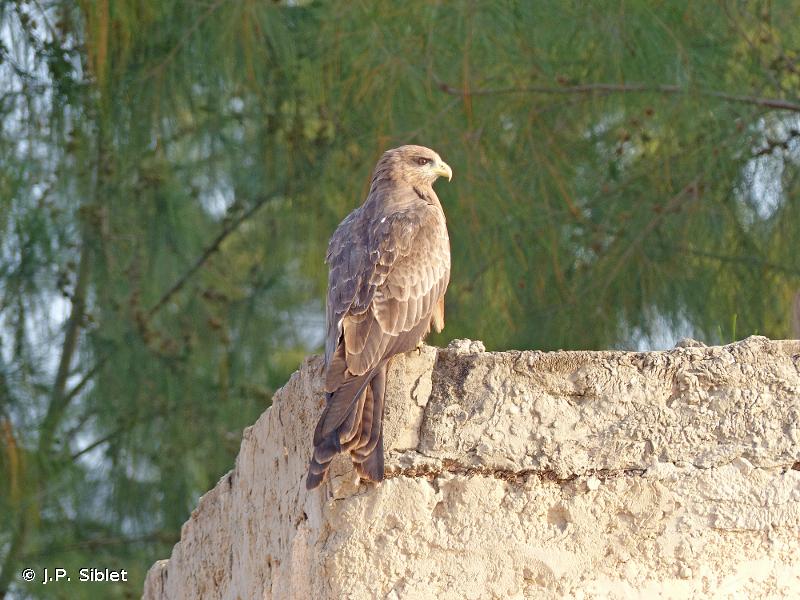
| Author : J.P. Siblet |
 |
To get the picture, please visit:
Jean-Philippe SIBLET
Muséum national d'Histoire naturelle - Service du Patrimoine Naturel
36 rue Geoffroy Saint-Hilaire
CP 41
75 231 PARIS CEDEX 05
e-mail : inpn@mnhn.fr
Despite the Creative Commons license, please inform the author of the use which will be made of his photo
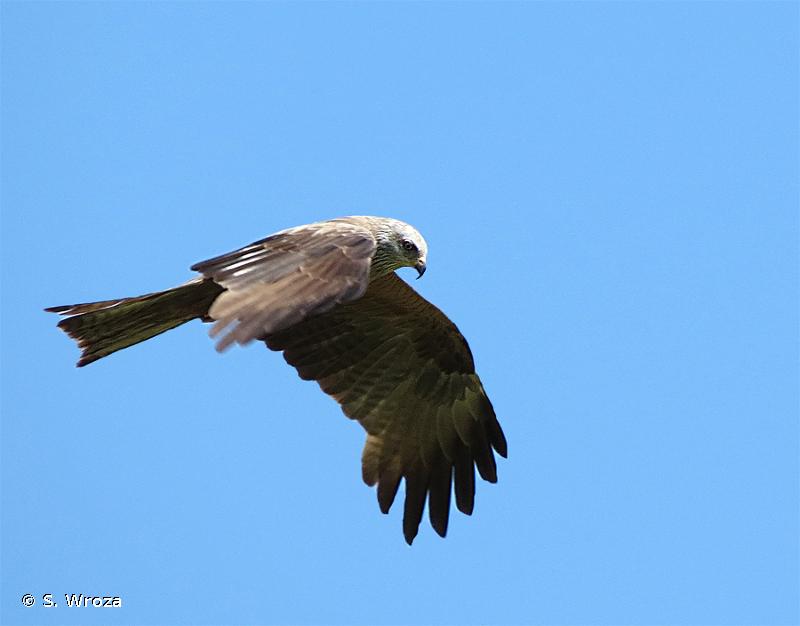
| Author : S. Wroza |
 |
Despite the Creative Commons license, please inform the author of the use which will be made of his photo
Longueur 55-60 cm, envergure 160-180 cm, poids 630-940 g.
Il apprécie les abords des lacs, rivières et zones humides, même si le dérangement est important. Il évite par contre les montagnes et les grands massifs forestiers. Comparé au Milan royal, il est plus courant à basse altitude. Très aérien, il chasse essentiellement au-dessus de l’eau et des berges, qu’il survole souvent lentement et à hauteur basse, entre 10 et 60 m.
Le Milan noir est prédateur et charognard. Il arrive qu’il poursuive d’autres prédateurs (aigles, faucons, hérons…) pour leur dérober leur nourriture, voire qu’il pille les nids de cormorans ou de hérons pour s’approprier du poisson. Les proies vivantes sont petites et capturées au sol, sur l’eau ou en vol, notamment les insectes.
L’espèce est parmi les plus grégaires des rapaces. Il est particulièrement sociable en dortoir ou sur les lieux d’alimentation, décharges notamment, ainsi qu’en migration (regroupements de plusieurs dizaines d’oiseaux). Les couples sont monogames et les mêmes oiseaux se retrouvent généralement d’une année sur l’autre. Les nids sont isolés ou en colonie lâche avec des espacements de plus de 100 m. La femelle est peu active et ne quitte pas le petit territoire du nid. Elle est entièrement approvisionnée par le mâle entre avril et mi-juin.
Le nid est une structure compacte de branchages, garnie de divers déchets et surtout de papiers, chiffons, plastiques. Il est construit sur une branche d’arbre ou à �ne fourche, plutôt près du sommet. Certains oiseaux s’installent sur des falaises, mais en général installent tout de même le nid sur un arbre ou un arbuste accroché à la paroi. La ponte unique de 2-3 œufs (extrêmes : 1-5) est déposée à partir de mi-avril. L’incubation dure 26 à 38 jours et les jeunes s’envolent à l’âge moyen de 42 jours.
Spanneut, L.(Ecosphère, Service du Patrimoine Naturel.),2008
Continental
Metropolitan France
Overseas
Marine
Metropolitan France
Overseas
The map presents a summary at the 10 x 10 km grid of the observation data for the species transmitted to the SINP. These data have been subjected to validation filters.
The map presents a reference distribution layer of the species at the scale of departments and marine sectors. The presence and absence data were established by expertise within a network of partners. This reference distribution is used in the validation process of the SINP data at the INPN level.
Corresponds to a report on the basis of at least one observation proved within a period of 10 years (20 years for little-known invertebrates) preceding the year and no presumption of extinction since obtaining the last data nor doubt on reproductive and implemented nature of this population. For migratory species, the presence indicated concerns areas of reproduction.
This status is based on one or more of the following criteria:
This point covers the absence, more difficult by nature to demonstrate than presence. This status is based on one or more of the following criteria:
This status must be assigned to a department in which the presence of the species is casual.
Particular case of absence due to a proven extinction less than a half century ago (older disappearances are treated as "no probable or definite").
In the state of knowledge, we can not comment on the presence or absence in the current department. This is the default status when not comprised in one of the previous categories or whenever there is doubt.
The map shows the global distribution of the species based on GBIF data (Global Biodiversity Information Facility).
